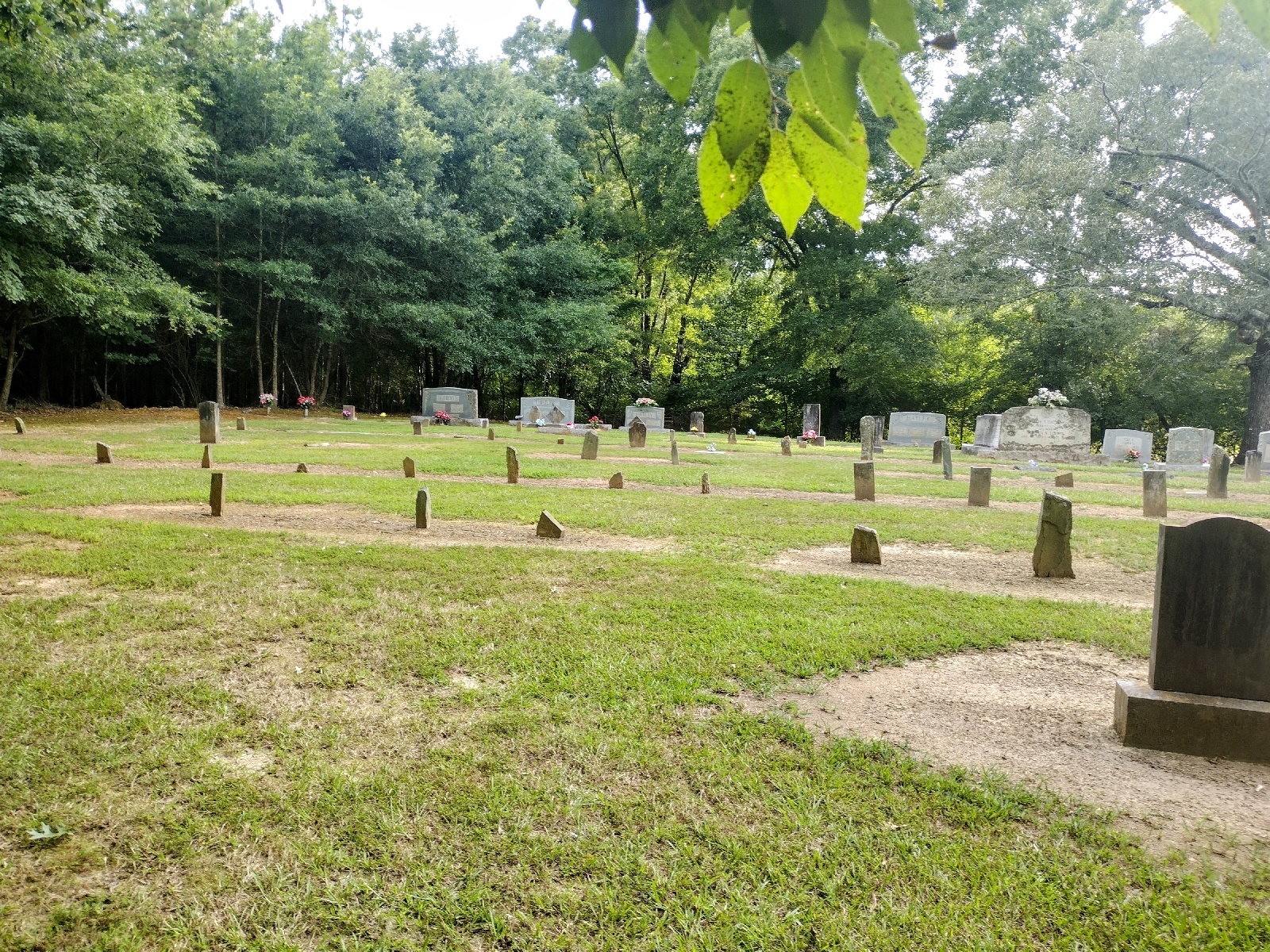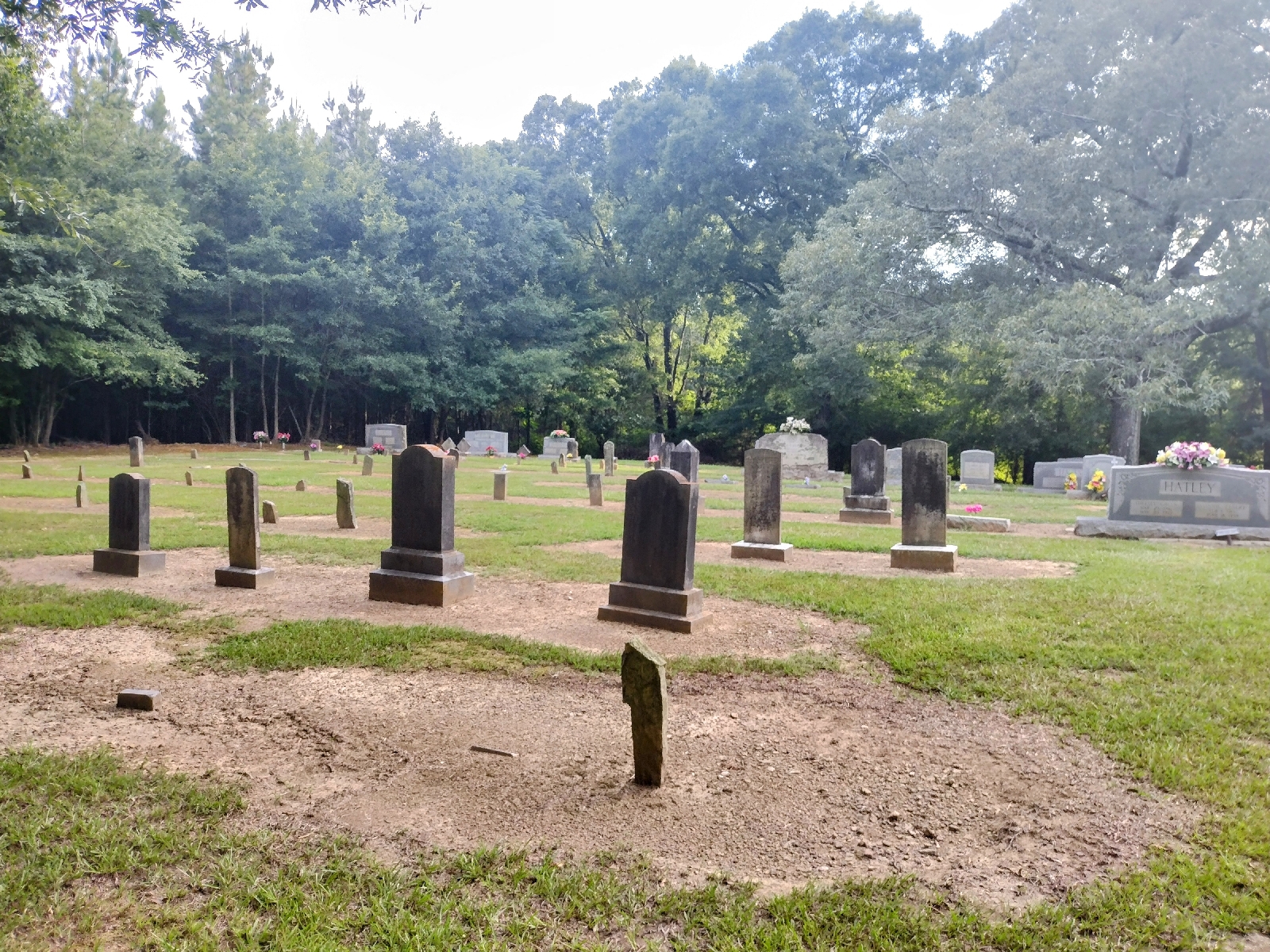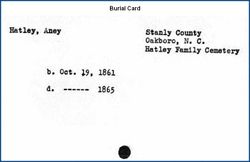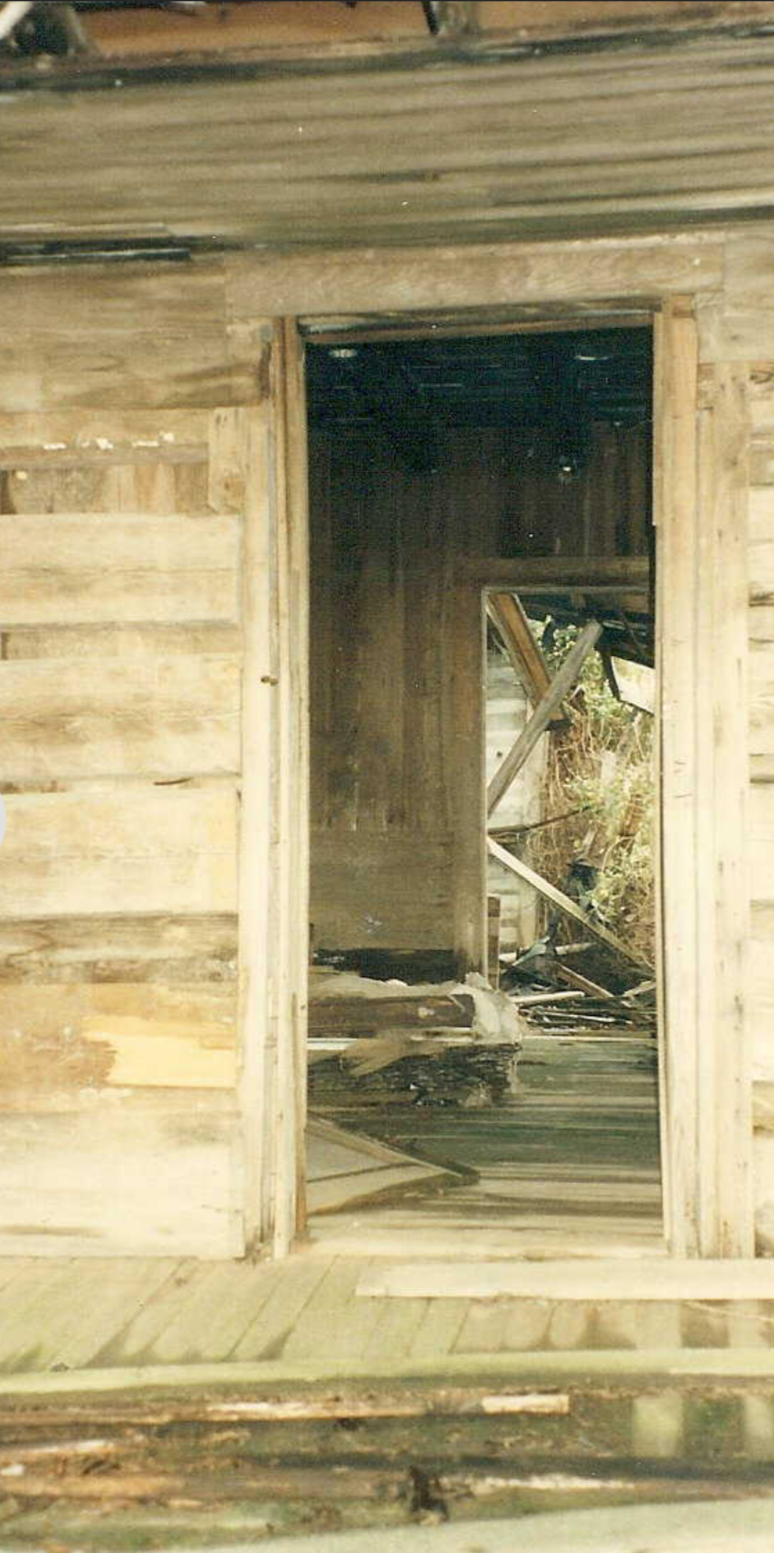 |
| This Building is an Oakboro icon from my earliest memories of it. |
Although I wasn't born in Stanly County, NC, I grew up here. My roots in this places go deeper than our quest for Independence from Brittain. My family ties to the Rocky River are many, be it those of my Paternal Grandfather in Almond, Furr and Big Lick Townships, or my Maternal Grandfather's in Tyson Township, or my Paternal Grandmother's on the Cabarrus end of it. If you'r counting, that's three out of four grandparents, having family ties to the Rocky River.
However, I, myself am a city girl. I grew up in the city of Albemarle, if you can really call it a City. It's a small city, larger than a town. We had readily close merchantiles, restaurants, gas stations, a hospital, trash service, swimming pools, YMCA, parks and sidewalks, four or five elementary schools, a courthouse, police department and Sheriff Department Headquarters, and a fire station in each neighborhood. We even had Malls, two of them! As a kid, I didn't know much about the western part of the county or the small towns therein.
Oakboro was where we went for their annual and quintessential July 4th celebration. Recalling the long trips down the curvacious Saint Martin Road, awash with the spicy scent of its lush fields of corn and silo, dotted with the occasional picturesque cottage festooned with seasonal flowers and the brick ranch farmhouses that sit far back off the road with front lawns large enough to host their own Olympics. Arriving in the rustic little town for the annual parade of floats and firetrucks, bands, clowns and beauty queens and cowboys on horseback, with red, white and blue over every person, building and vehicle. This would be followed with food, music, contests, and carnivals, ending in the most brilliant display of fireworks to amaze young eyes.
Stanfield was the two stop-light town stuck in a time warp, decades behing the rest, so much so its nickname is "Standstill". I bear fond memories of going there to this historic and iconic general store, adrift in the fusty scent of old wood and sweet pipe tobacco, where one could find the stiffest, but most durable denim overalls, perfect for ferel children to play in, because they never wore out.
Locust was the crossroad community we drove through on the way to Charlotte, with a one block business district down the left side of the road. That Locust has long faded away. Now all of these quiet, quaint western county communities have been infected by the harried, perilous, amphetmine- driven, amorphic virus that is the city in the previous sentence. Hoards of former Big City residents, especially those with young families, are chosing to commute upon the Speedway track into the inner realm of the gravitron, and raise their family in a familial, collogquial safety, than in the perilous buzz adrift with predatory vermin. Some parts are unrecognizable.
When researching a particular family or individual, I like to put foot to ground, if possible, to get a sense of where they walked, farmed, lived and died. To connect with the essence of past existences, so to speak. I did this a year ago at Stonehenge. You must be still and breathe deeply, block out all distractions and allow the place to take over, peeling the layers of time away. Allow yourself to connect to the essence and exitance of the spot of earth in a distant and different era, and bring your genetic memory to the forefront. My brother must have thought me strange, and I acknowledge that I am, having discovered as much at about 10 years old. With that experience, I can verify that we did, an extremely distant time ago, connect back to that place and the people who dwelt there.
My first "Oakboro" stop was at the Hatley Grover Primitive Baptist Church and Cemetery. I say it that way because these places were not in Oakboro. They were actual quite a distance from it, south towards the river, but not on the river. Oakboro just happens to be the closest place with a name.
The Church Building, although well kept, had obviously not hosted an active congregation for many a year. The cemetery was a different story. It's been lovingly maintained and is still actively in use. The place is easily seen from the road, but the drive to it is a little precarious.
The place has been kept up, with freshly mown grass. Unfaded, new looking fake flowers gave proof of recent visitation. Some stones ever professed 21st century interments. Called Hatley's Grove because it was in the center of a the lands of a large group of Hatley family members, I'm sure, descendants of the Hardy's and the Hastens, the Oakboro area boasts similar congregations. Barbee's Grove is an active, modern congregation, began among a cluster of the Barbee family. Smith's Grove, similarily, which claims to have begun as the Jones Hill Congretion, an area and a church named on an old map I've recently viewed, is nestled among a hive of one branch of the Smith family.
While the front of the cemetery is still in use and the interments fairly recent, the back of the lot tells a different story. This Hatley dominated spot is near 200 years old. Slate markers jut out of the ground like jagged shark's teeth. Few are legible, many are unmarked.
Of the legible stones, the oldest date back to the 1860's, like that of Farrington Hatley, who passed in 1865, and L. A. Bird in 1863. There were a few names other than Hatley's there. This is where Caroline Whitley, daughter of Hezekiah Whitley is buried, and perhaps others of his family, their markers fading or gone. There seems to be a definate Hatley connection to this branch of Whitleys.
This cemetery card is for a little girl named Aney who died at about 4 years old. There are Harris', a few Springers, and I've mentioned the Birds, all who lived in the area.
Above, the modern grave of another Hatley child.
I happen to be a Hatley descendant. Old Hardy, (1765-1838), was my Fifth Great Grandfather.
Although the Hatley Grove plot was the best kept of the inactive congregations or family cemeteries I have visited in recent weeks, it was also the spookiest. Inevitably, those of us bitten by the genealogy bug will be found hustling about in old abandoned cememteries. I've been in many, but they never loose their ability to creep me out. The worst is take a step in plush grass that sinks a few inches deeper than the previous step.
An old man dwells there, although he prefers to present a younger version of himself, despite having lived a long life, even by todays standards. He seems very protective of the place, in a kindly way. Bright-eyed and light-haired, he had an easy demeanor and a squarish jaw, like many of the early Whitleys. There was another man there too, who lurked at the edge of the manicured plot. He seemed dark and sulky. It felt as if he didn't belong, slender and bent, like a weathered twig, he wore a thin, stubbled jaw and an ominous scowl. He stayed at the back, adjacent to the nearby house, across from the church building.
Leaving Hatley's behind, my next stop was the Ledbetter Family Cemetery.
Located on the aptly named, Ledbetter Ford Road, this old family burying ground is also easily seen from the road. While not as manicured as the Hatley place, this ancient plot is also tended to and groomed, and sheltered under a small grove of ancient cedars. Located on a rise, off of the road that was probably unpaved a few years back, this is the resting ground of Alfred Ledbetter and his family.
A modern monument has been placed by descendants in front of his original, decaying one. This area was his plantation, this is where he lived, raised a family, tilled the soil and joined with it in death. Alfred Ledbetter entered 100 acres along Stillwater Creek in 1844, in the newly minted County of Stanly. His entry bordered that of Hezekiah Whitley, and Isham Whitley, which adjoined each other, and Nancy Whitley, after Isham.
Set among verdant ferns and grasses, above is the original stone of Alfred Ledbetter's wife, Temperance Jane Tucker Brooks Ledbetter. Previously married to a Brooks, who died in 1829, Tempy married Alfred around 1830, as their first child was born in 1831.
A beautiful and peaceful resting place in a pastoral setting, the Ledbetter plot dates back to at least the 1840's. A good number of Brooks are buried here as well, having intermarried into the Ledbetter family. There is also the grave of James Thomas Turner, an unrelated man, who witnessed the Will of Alfred Ledbetter, but died at the young age of 23 before it was probated. I wonder what his connection to the Ledbetters was. Could he have been a farmhand or employee? And what tragic incident ended his young life at the beginning of manhood?
The Ledbetters and the Whitleys lived along the Austin Road, as it existed in that era, a path south to the river and through the Bryant Austin family lands. I am not a Ledbetter, and have no genetic connection to them, but Tolitha Jane Whitley Springer, one of the people I have been researching, lived with them when she was 14 years old, as is seen in the 1870 census.
The Ledbetter homeplace is still standing, if barely. Above is the front entrance, shared to Alfred's profile by Richard Crotwell. That's a sturdy American build right there. The existence of Alfreds' lands helps me get a sense of where the lands of Hezakiah and Nancy Whitley may have been.
What tales these old conifers could tell, if we could understand their language. How many generations have they seen pass below their branches? How many footprints have their detritus covered up after decades of growth and shed?
My trip to Oakboro will continue in my next post.



















